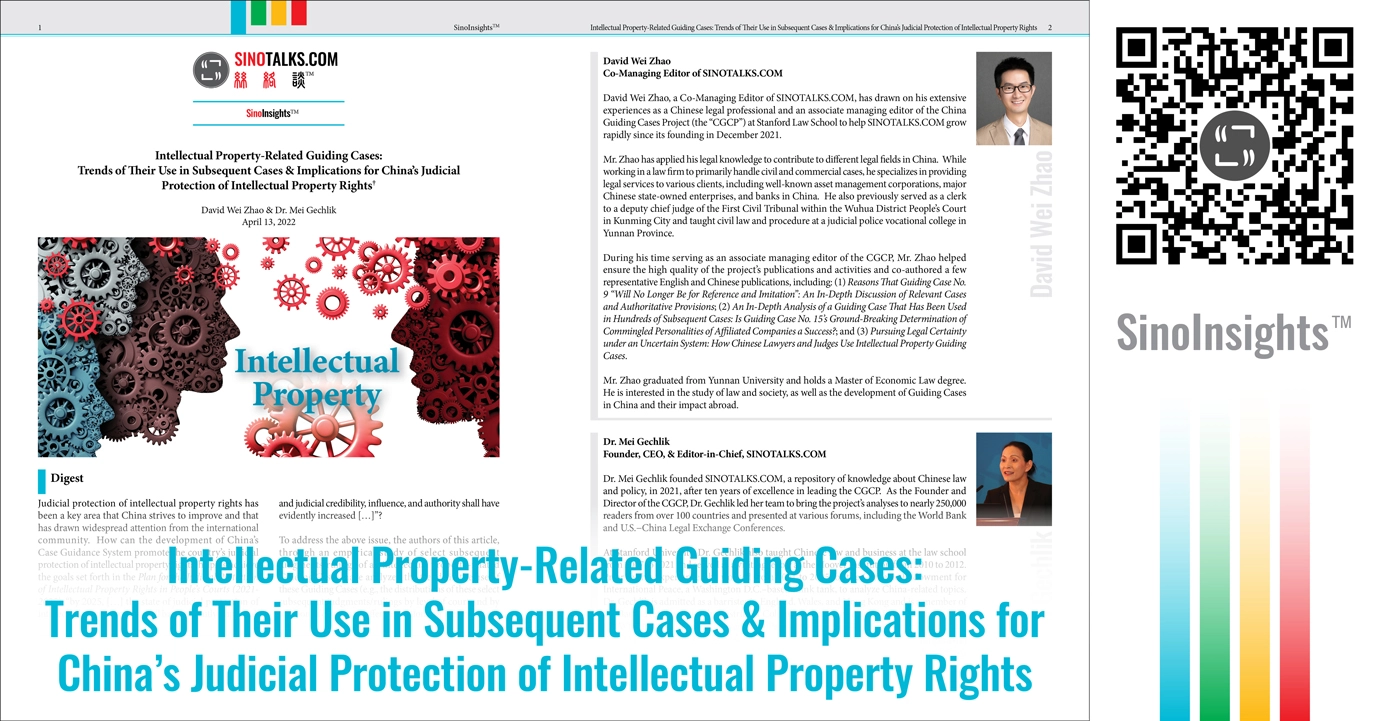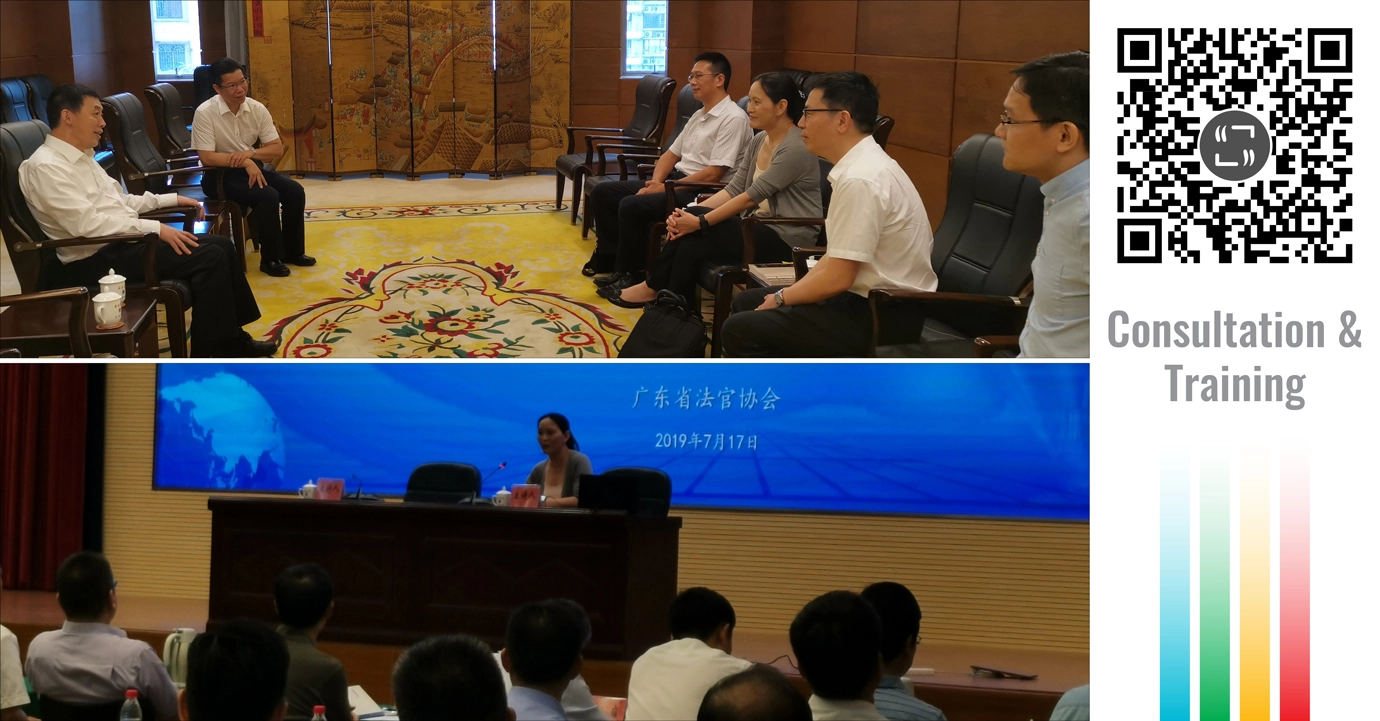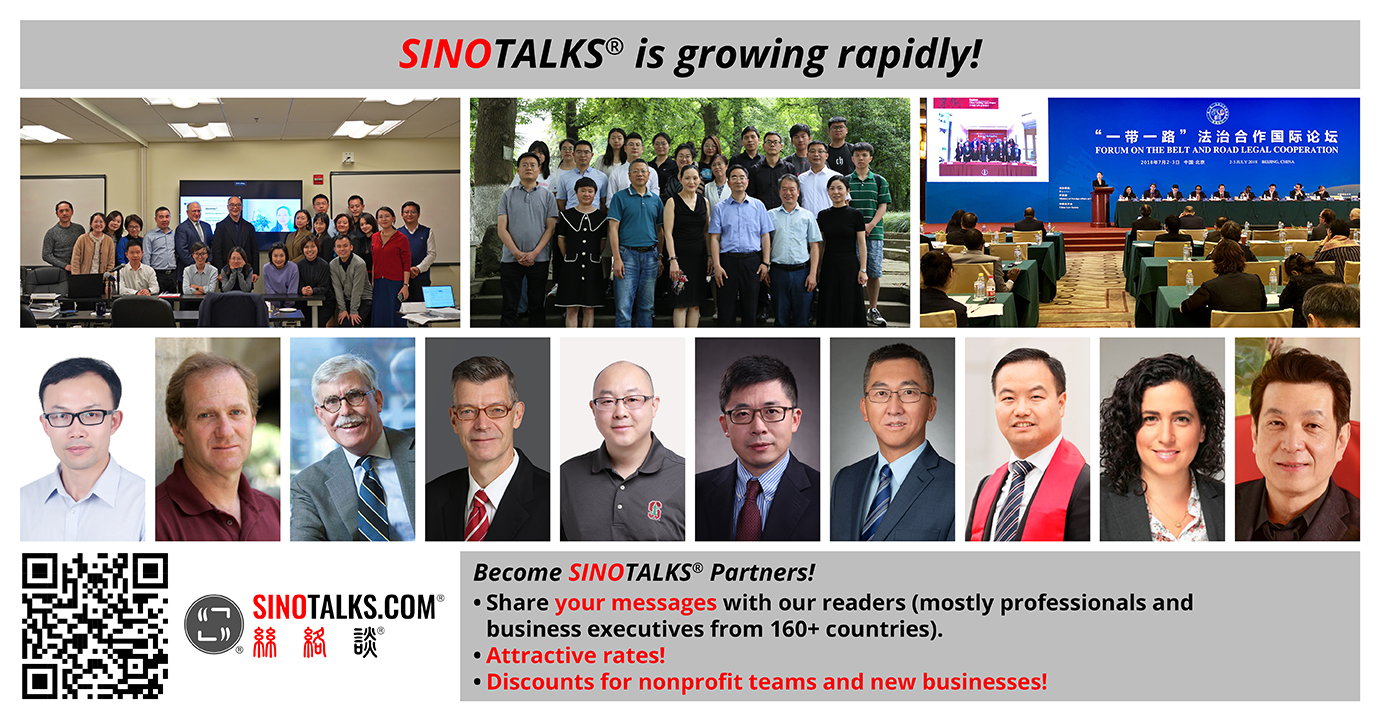China’s Intellectual Property Plan:
A Potential Confidence Booster Amid COVID Concerns†
Table of Contents
- China’s Intellectual Property Plan
- A Hurdle: Courts’ Inadequate Response to Parties’ Citation of Guiding Cases
- A Role Model: Guangdong Province
Estimated Reading Time
- 7.8 min

Amid foreign businesses’ growing concerns about COVID restrictions, China’s five-year plan on strengthening the protection of intellectual property rights may help instill confidence in a market that is too large to dismiss lightly. If implemented well, the plan will help China establish a strong intellectual property protection mechanism that will not only facilitate the country’s post-COVID economic recovery but also pave the way for the country’s long-term economic success. How can the plan be implemented well?
China’s Intellectual Property Plan
In the Plan for the Judicial Protection of Intellectual Property Rights in People’s Courts (2021-2025) (the “Five-Year Intellectual Property Plan”), the Supreme People’s Court of China sets forth a goal, among others: “by 2025, […] the state of judicial protection of intellectual property rights shall have evidently improved, and judicial credibility, influence, and authority shall have evidently increased […]”. The highest court in China continues to state that all courts in the country will strive to “improve the intellectual property adjudication guidance system to which Guiding Cases serve as guides […] so as to construct a mechanism with standards for unifying the application of law”. (emphasis added)
The Supreme People’s Court’s release of more than 30 significant intellectual property-related Guiding Cases, including those listed below, over the past 10 years does give hope that Guiding Cases have the potential to be a means to this important end: unifying the application of law in a vast country that has been increasingly advocating for treating like cases alike.
- Guiding Case No. 113 has established clear principles to allow a foreign natural person (e.g., legendary basketball player Michael Jordan) to seek protection of not only his or her name, but also any specific name (e.g., the Chinese translation of the person’s foreign name) used by “the relevant public” in China to refer to the person so long as specific conditions are met (see SINOTALKS.COM In Brief No. 6).
- Guiding Case Nos. 92, 100, and 160 demonstrate how the Supreme People’s Court has spearheaded an initiative to strengthen China’s mechanism for protecting rights to new plant varieties to avert the global food security crisis (see SINOTALKS.COM In Brief No. 8 and my article titled China’s Growing Focus on the Protection of Rights to New Plant Varieties: Three Guiding Cases and Related Implications).
- Guiding Case No. 115 makes it clear that the Supreme People’s Court expects all courts in China to, if the circumstances of a case permit, combine the use of a partial judgment with a temporary restraining order so as to avoid delayed justice in intellectual property cases (see SINOTALKS.COM In Brief No. 11).

The Five-Year Intellectual Property Plan does not, however, explain how to improve the intellectual property adjudication guidance system to which Guiding Cases serve as guides so that the goal of “unifying the application of law” can be achieved.
To fill this gap, David Wei Zhao, Co-Managing Editor of SINOTALKS.COM, and I completed an empirical study titled Intellectual Property-Related Guiding Cases: Trends of Their Use in Subsequent Cases & Implications for China’s Judicial Protection of Intellectual Property Rights to reveal the trends in the use of intellectual property-related Guiding Cases in subsequent cases. We have identified all subsequent judgments/rulings in which courts explicitly explained in their reasoning the applicability of intellectual property-related Guiding Cases. Based on the analysis of related trends, we offer specific suggestions for improving the intellectual property adjudication guidance system.
Among other findings, we have noted a “hurdle” and a “role model” in China’s promotion of the use of intellectual property-related Guiding Cases in judicial practice.
A Hurdle: Courts’ Inadequate Response to Parties’ Citation of Guiding Cases
As briefly discussed in SINOTALKS.COM In Brief No. 10, the empirical study completed by David Zhao and myself shows that, in defiance of the Supreme People’s Court’s instructions, many judges in China still do not explain in their reasoning whether relevant Guiding Cases cited by parties could be for “reference and imitation”. The recent groundbreaking decision made by the High People’s Court of Liaoning Province to order a retrial of a case in which the first-instance and second-instance courts failed to discuss a Guiding Case cited by a party may become an effective remedial measure for the entire country, if high people’s courts in other provinces also adopt the same approach.
Yet, what are the causes of these Chinese judges’ failure to explain the applicability of a cited Guiding Case? Is this related to their heavy workload (e.g., it is officially reported that in 2021, each Chinese judge had to handle an average of 238 cases, compared with 187 cases in 2017)? If yes, the solution lies in the provision of more support for individual judges (e.g., more research support provided by competent law clerks) and realistic incentives linked with the appraisal of Chinese judges’ work performance (e.g., the preparation of a well-reasoned judgment explaining the applicability of a cited Guiding Case should be considered favorably during the appraisal process).
A Role Model: Guangdong Province
The empirical study conducted by David Zhao and myself also shows that courts in Guangdong Province, which is located near Hong Kong and Macao, outperformed their counterparts in other provinces, in the sense that they rendered the largest number of subsequent judgments/rulings with explanations of the applicability of intellectual property-related Guiding Cases. Why is this the case? Although a comprehensive answer to this question demands another in-depth study, a few observations about the province and its court leaders may help shed some light.
Guangdong Province, where China’s technology hub Shenzhen is located, has placed a strong emphasis on innovation, as reflected in, for example, the fact that in 2021 the number of invention patents awarded to institutions in Guangdong Province was higher than any other province in China. It is highly likely that this emphasis on innovation has also driven the province to develop a more robust intellectual property protection mechanism, in which judges have heightened awareness of using intellectual property-related Guiding Cases in judicial practice. For example, the Intermediate People’s Court of Shenzhen Municipality was apparently inspired by Guiding Case No. 115 to become the first Chinese court that rendered both a partial judgment and a temporary restraining order concurrently in a patent infringement case (see SINOTALKS.COM In Brief No. 11).
In addition, given Guangdong Province’s heavy intellectual property caseload (e.g., in 2021, courts in the province finished adjudicating more than 196,000 intellectual property civil cases, which accounted for almost a third of such cases in China as a whole), the chance for courts in the province to encounter pending cases that are similar to Guiding Cases is quite high, thereby giving them more opportunities to use Guiding Cases in adjudication.
Finally, Chinese leaders’ promotion of the Guangdong–Hong Kong–Macao Greater Bay Area makes it necessary for Guangdong Province, Hong Kong, and Macao to jointly find legal solutions to address issues arising from the development of the Greater Bay Area. Cases help legal professionals from these three locations (whose legal systems are different) to effectively identify similarities and differences in their legal approaches to specific factual situations. As a result, court leaders in Guangdong Province have strong motivations to promote across the province a deeper understanding of cases, especially Guiding Cases, and this promotion may have further encouraged Guangdong judges’ use of Guiding Cases in adjudication. A recent development and my personal experience are testaments to these court leaders’ interest in cases:
- On April 23, 2022, a conference on judicial cases was held in Guangdong Province, at which leading judges and lawyers from the province, Hong Kong, and Macao conducted, in accordance with their own litigation procedures, mock trials of a cross-border sales and purchase contract dispute. The mock trials were followed by related discussions about the three locations’ different approaches and their future judicial collaboration.

- In the summer of 2019, I visited Guangdong Province to meet with GONG Jiali, President of the High People’s Court of Guangdong Province, and other leaders of the court. In response to their keen interest in Guiding Cases, I shared with them some insights on China’s judicial practice of Guiding Cases and then delivered a lecture on the topic for more than 2,000 judges in Guangdong Province.
In the end, whether Guiding Cases can help China construct an intellectual property protection mechanism premised upon uniform application of law depends very much on individual judges’ commitment to the use of Guiding Cases. With adequate support and proper incentives set up within the judiciary, these judges’ commitment will increase. It would be wise for the Chinese leadership to offer the judiciary more resources, as the judiciary’s success on this front will boost foreign investors’ confidence and help China achieve long-term economic success.
† The citation of this article is: Dr. Mei Gechlik, China’s Intellectual Property Plan: A Potential Confidence Booster Amid COVID Concerns, SINOTALKS.COM, In Brief No. 12, May 18, 2022, https://sinotalks.com/inbrief/2022w19-english. This article was first published on LinkedIn on May 11, 2022, https://www.linkedin.com/pulse/chinas-intellectual-property-plan-potential-booster-amid-gechlik.
The original, English version of this article was edited by Nathan Harpainter. The information and views set out in this article are the responsibility of the author and do not necessarily reflect the work or views of SINOTALKS.COM.
Related Articles
Contact Us
Get Involved
Sponsor/Donate | 赞助/捐赠
Become SINOTALKS® Partners | 成为丝络谈™合作伙伴
Services


